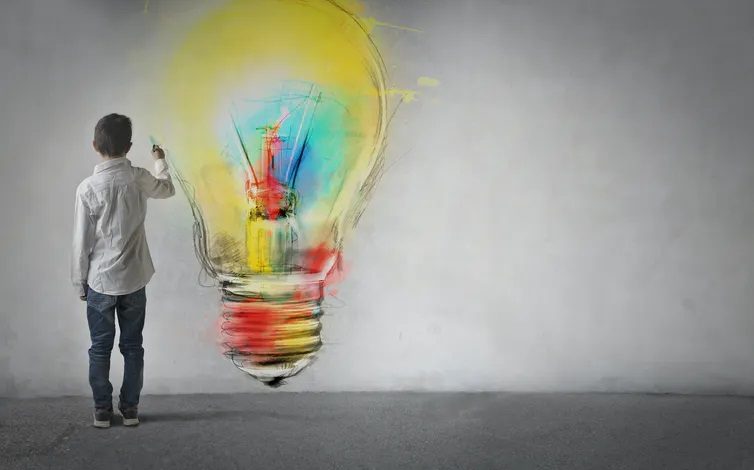Teach questions, not answers: science literacy is a crucial skill
It seems today the mistrust of official health advice and spread of “alternative” treatments for COVID-19 are as frightening as the virus itself. How is it that so many people are ill-informed (and seemingly choose to be so) about the pandemic, despite decades of compulsory science education?

Of course we are entering a post-truth era in which fake news and conspiracy theories proliferate, while many have contempt for scientific facts.
But a deeper problem lies in the way we teach science. Our curriculum and instruction are still driven by content mastery and high-stakes testing, which has alienated many young people from scientific ideas.
Students are taught isolated and impersonal facts without understanding the history and processes of how scientists know what we know — an education in scientific literacy.
The Australian Curriculum defines scientific literacy as:
An ability to use scientific knowledge, understanding, and inquiry skills to identify questions, acquire new knowledge, explain science phenomena […] and draw evidence-based conclusions in making sense of the world, and to recognise how understandings of […] science help us make responsible decisions and shape our interpretations of information.
While laudable as an educational goal, scientific literacy is seldom emphasised in practice. We need to do more to promote it in primary and secondary schools.
Why facts aren’t enough
The problem with people’s mistrust of science has little to do with their actual intelligence or overall education. After all, some educated people still believe the Earth is flat, and climate change is contentious.
Getting someone to accept a new idea goes beyond the brain to a broader consideration of the person’s social, cultural and emotional factors.
American social psychologist Jonathan Haidt used a rider and elephant analogy to explain why we are resistant to new ideas and beliefs. The rider is the rational side of our mind while the elephant is the unconscious and emotional side. To change a person’s view, it is useless to focus on the rider without addressing the elephant.

Science is full of strange ideas that are sometimes at odds with common sense, such as matter being made of moving atoms, or time being relative. Teaching these ideas as facts is like targeting the rider.
Many educational theorists have long argued the idea knowledge could somehow be “transferred” from teachers and textbooks to students is untenable. The students will still interpret the taught content through a conceptual framework of prior knowledge and beliefs.
Years of research in science education has found teaching facts alone is an ineffective strategy when trying to change a person’s ingrained misconceptions or “alternative theories”.
A new approach to teaching scientific literacy
Scientific theories are built on evidence through the process of argumentation. Every fact and theory taught in the curriculum should be questioned and tested with evidence. Students should ideally observe or collect data for themselves.
There are many practical ways to show the Earth is round that can be done as a classroom activity. For instance, a classroom in Perth can interact online with another classroom in Bali (roughly the same longitude) to simultaneously measure the shadow from a metre stick and use the result to calculate the Earth’s circumference.
Repeatedly asking students to question every fact will instil a lifelong value of critical literacy in science. It is crucial for young people to always evaluate the source of information and discern false claims that are not backed by empirical evidence, such as drinking bleach to treat coronavirus.
Science should also be taught as a dialogue within a community of people. This is the human side of science where ideas are discussed, argued and negotiated in the process of building consensus.
Mirroring this process, students must be given opportunities to practise evidence-based argumentation. Their innate theories about the world should be elicited and compared with accepted scientific theories, so students can see their relative merits and suitability in addressing a particular phenomenon or problem.
Emotions play a large part
Last but not least, emotions play a big part in science learning. Scientific issues that represent social concerns (such as the lockdown) and problems related to science and technology (the 5G network) can evoke a range of emotions among students.
It is important to acknowledge students’ emotions as they deal with the moral and ethical issues in these ideas. Controversial issues provide not only an authentic learning context, but are also excellent topics for debate and argumentation.
Some studies have found allowing students to express their emotions during lessons on such social issues in science can enhance their empathy and disposition towards science.
The goal of scientific literacy is not new. But COVID-19 has brought a greater urgency to its importance. Scientific literacy is now no longer an educational aspiration that is good to attain, but a very immediate concern that impacts our survival in a post-truth society.
Correction: an error that Perth and Bali were located roughly on the same “latitude” has now been corrected.![]()







